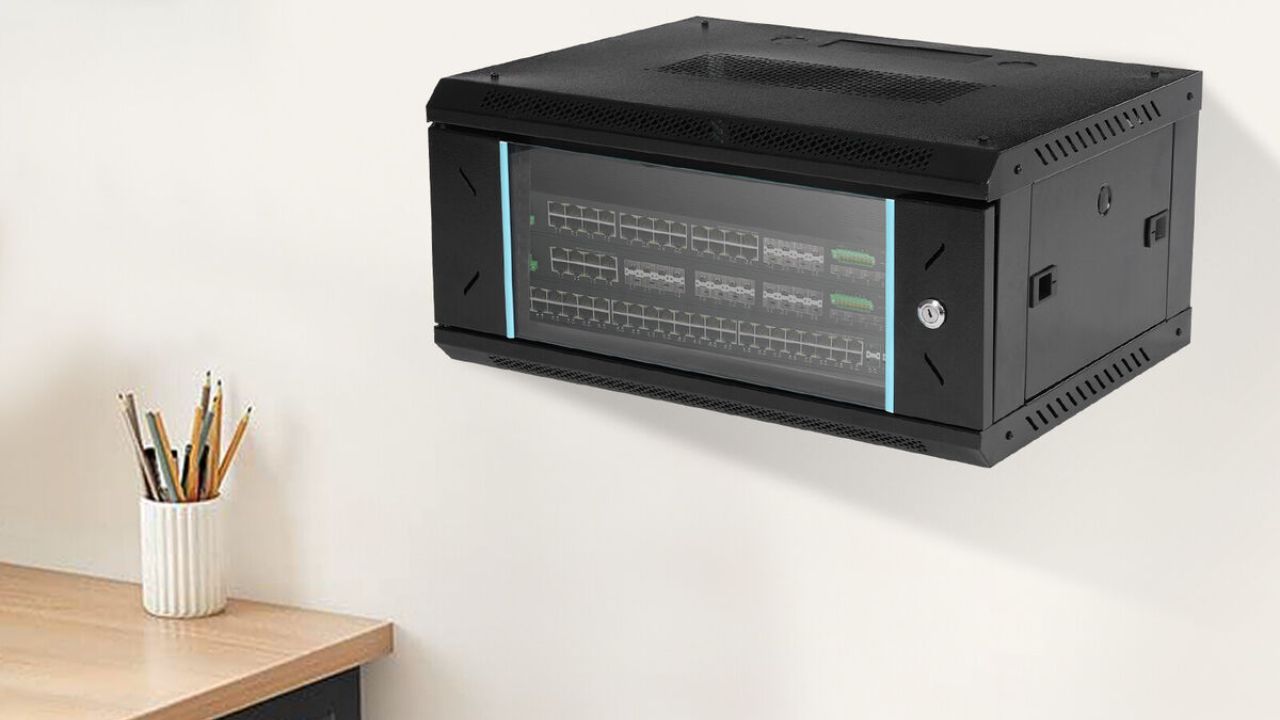Modern IT environments depend heavily on wall-mounted network racks. It serves businesses of all sizes, including small offices and large-scale enterprises. The market expansion leads to an increasing number of Wall Mounted Network Rack Manufacturers entering this space. The increased number of suppliers creates better opportunities for buyers yet raises their chances of working with substandard providers. Selecting an inappropriate manufacturer leads to equipment safety issues and subpar performance, together with investment losses. The identification of unreliable wall-mounted rack manufacturers requires knowledge to guarantee both reliability and long-term value.
Lack of Certifications and Compliance
The lack of recognised industry certifications should be considered a warning sign during the assessment process of rack manufacturers. Manufacturers who maintain a good reputation ensure their products fulfill international standards, which include quality management through ISO 9001 and rack dimensions and design compliance with ANSI/EIA specifications. A manufacturer who fails to show evidence of standard compliance through documentation most likely takes shortcuts during their production operations. When buyers fail to follow manufacturer requirements, they expose themselves to receiving products which might not match standard equipment specifications or fail during normal operational usage.
Poor Material and Build Quality
The pursuit of lower costs leads low-quality manufacturers to make sacrifices in their material selection. The manufacturer selects weak steel materials and applies insufficient protective coatings to metals that easily corrode. The inferior quality of materials leads to racks which lack strength and stability and cannot properly handle mounted equipment weights. Buyers who inspect the product will discover signs of rushed manufacturing such as uneven surfaces, loose joints and inconsistent welds. High-quality manufacturers dedicate resources to selecting robust materials and precise engineering methods that produce durable products.
Inadequate Product Testing and Quality Control
Manufacturers who produce reliable products subject their products to thorough testing before commercial release. The product testing regimen includes multiple evaluations which recreate real-life scenarios through load-bearing tests, thermal assessments, and vibration resistance testing. The absence of proper quality control measures among low-quality manufacturers leads them to avoid essential testing procedures completely. The racks produced by these manufacturers show defects that include bending when exposed to normal weight loads and poor ventilation, which causes overheating. Customers should exercise caution when dealing with manufacturers who do not reveal their quality control methods or refuse to show test results.
Limited or No Warranty and Support
The level of customer support that manufacturers provide indicates their faith in the quality of their products. Manufacturers who maintain a good reputation provide detailed warranty information together with sustained technical assistance. A manufacturer who fails to provide proper after-sales service and has unclear warranty terms demonstrates an unwillingness to support product performance and customer satisfaction. Manufacturers who produce poor-quality products frequently fail to respond to customer questions and lack the necessary infrastructure to provide parts replacements and installation help.
Inconsistent Product Information and Poor Documentation
A manufacturer of low-quality wall-mounted racks can be identified by their inconsistent or nonexistent product documentation. High-quality suppliers provide buyers with complete specifications, together with installation guides and data sheets that enable them to make well-informed decisions. Low-tier manufacturers typically present unclear product information through generic images together with specifications that differ from actual product measurements. The varying product information creates confusion and indicates poor precision during design and manufacturing operations.
Negative Reviews and Industry Reputation
The evaluation power of manufacturers depends heavily on customer feedback and product reviews. A supplier demonstrates low quality when consumers consistently rate them poorly, fail to resolve complaints, and experience repeated product problems across multiple platforms. Industry professionals, together with forums and B2B platforms, disclose crucial information about shipping practices, complaint management, and product reliability of manufacturers. The consistent stream of negative feedback indicates that such companies will struggle to satisfy demanding IT professionals and integrators.
Overly Aggressive Pricing With No Justification
The importance of competitive pricing exists, but unrealistically low prices usually indicate poor quality. The practice of using deceptive low prices to attract bulk buyers leads to poor-quality manufacturers delivering substandard products, without transparent explanations for reduced pricing—such as excess inventory or promotion—and the likelihood of compromised materials and weak engineering increases. Trusted manufacturers keep their prices high because they focus on delivering long-term performance instead of short-term gains, even though their products cost slightly more.
Conclusion
IT infrastructure demands absolute reliability as its core requirement. The selection of a manufacturer for wall-mounted network racks becomes crucial because these racks serve as essential security and organisational components that need proper cooling mechanisms. Buyers who examine certification credentials alongside product materials, testing protocols, support services, and market standing will prevent themselves from working with inferior suppliers. The selection of the least expensive option often leads to substantially increased expenses in the future because it causes equipment damage and replacement needs and system downtimes. The assessment of the manufacturer stands as the primary essential step for establishing a dependable network infrastructure.

